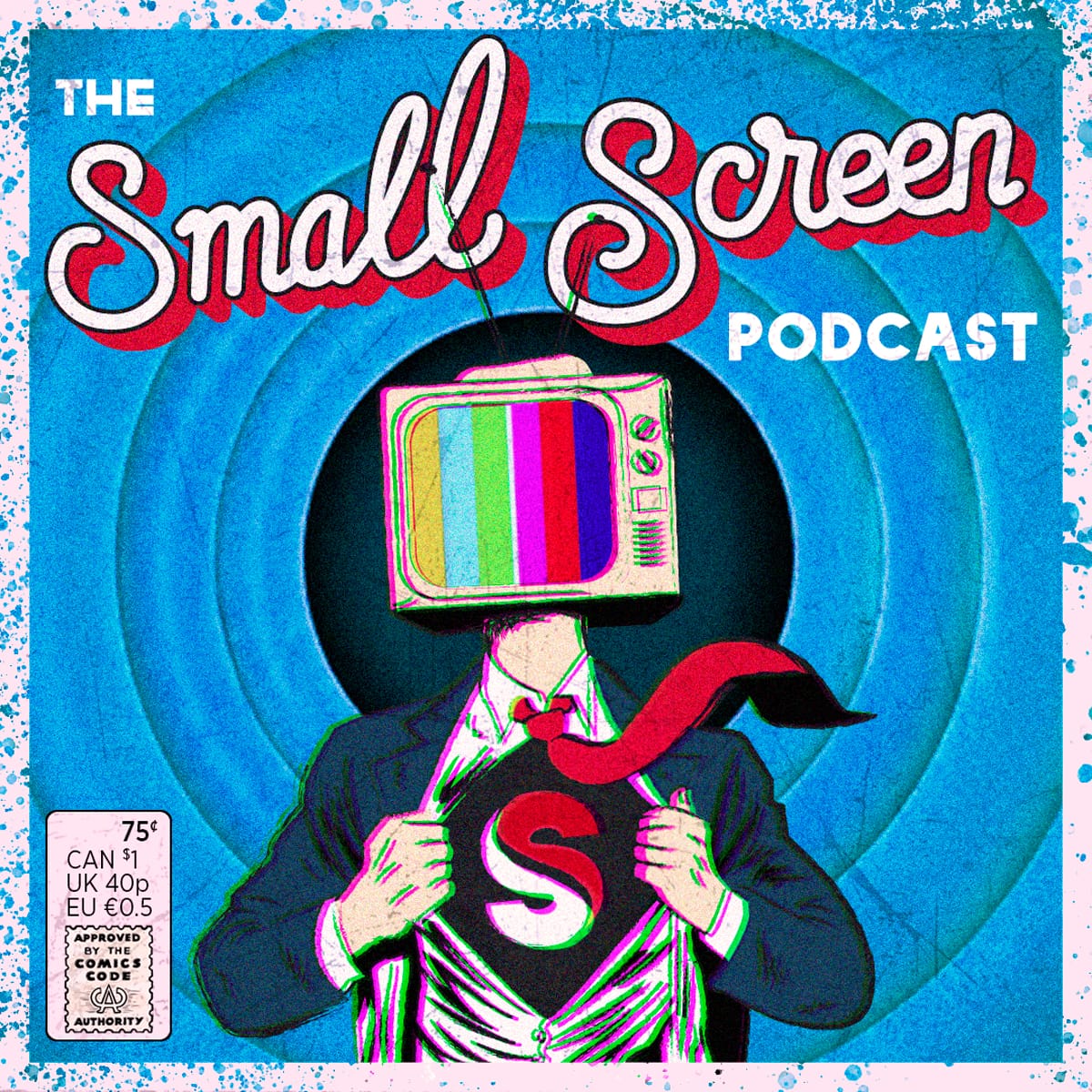Chris Evans’ MCU return?
Scary Star Wars
A Hulk movie incoming?
Latest Reviews...
Latest News...
Tobey’s joining the Avengers?
Marvel’s director issues…
Peacemaker is coming back!
Sounds like it’s Nic’s show!
Daredevil will be born again!
Bring on more Moon Knight!
That’s it for The Eternals!





































